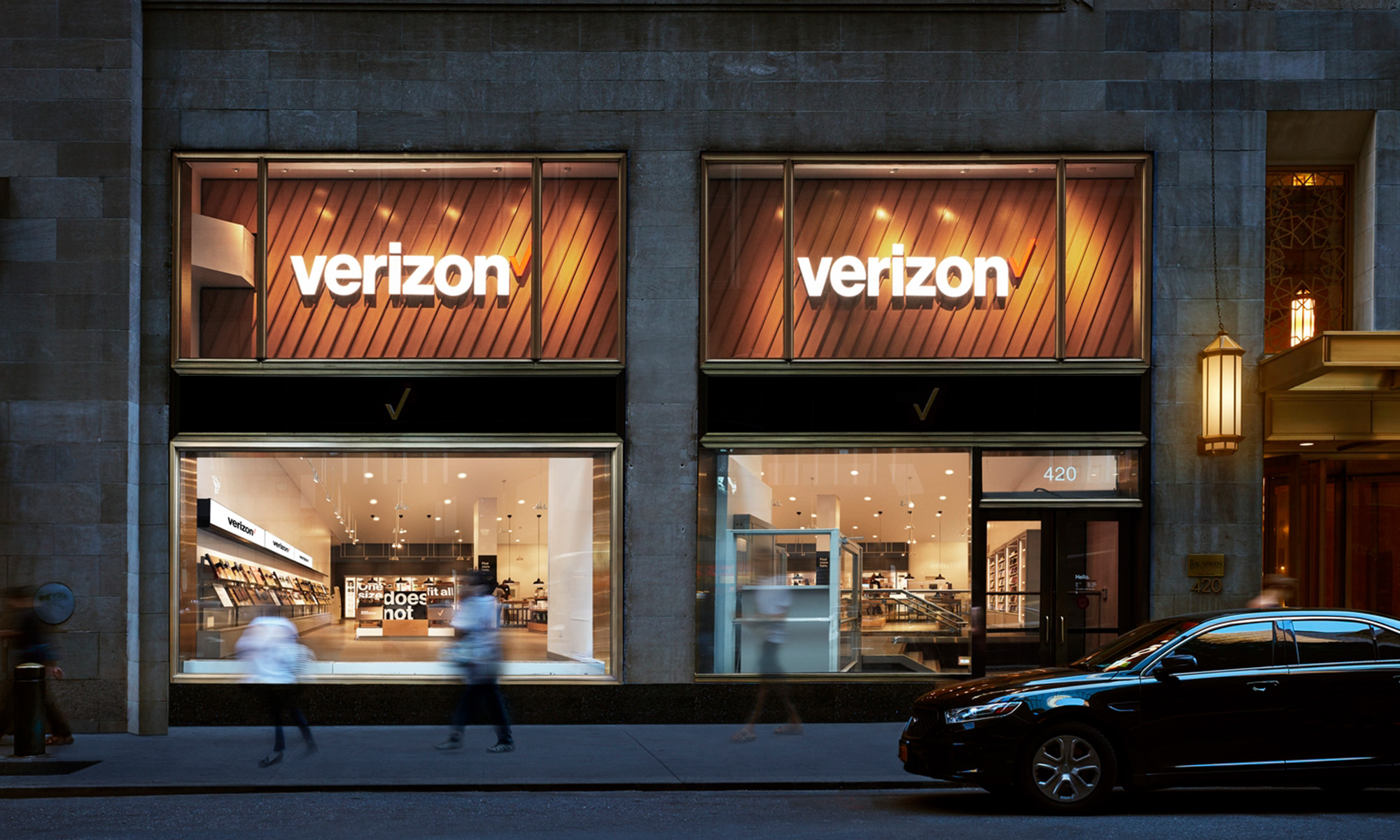Verizon (NYSE: VZ) is going in a new direction after nearly a decade of "Can you hear me now?" It looks like actor Paul Marcarelli needs to find new employment.
The new Verizon catchphrase is, "Rule the Air." That testosterone-tinged slogan sort of implies that yes, I can hear you now, and it fits nicely with the equally aggressive marketing for the Droid series of smartphones. It's a sort of counterbalance to archrival AT&T (NYSE: T), whose advertising now features computer-animated fish in a magical dreamland along with the more touchy-feely tag line "Rethink Possible." I suppose the two telecom giants are reaching for somewhat different market segments, here.
The new branding campaign is followed by a wide-ranging "buy one, get one" sale on select smartphones of every stripe. All told, Verizon will make sure that you can't miss the new corporate image if you so much as own a TV set. The whole push comes at a critical juncture in the history of American mobile gadgets and their attendant services. To wit:
- Verizon is rolling out 4G services later this year and should be followed shortly by AT&T. Front-runner Sprint Nextel (NYSE: S) has the improved service already running in some areas.
- Apple (Nasdaq: AAPL) just launched the fourth generation of iPhones to torrential sales and generally fawning reviews. Oh, and the iPad is still just a couple of months old.
- Google (Nasdaq: GOOG) keeps whipping out improvements to the Android platform, in fugue-like counterpoint to Apple's slower cycle with bigger leaps. The 2.2 version (Froyo) is an impressive effort and the next outing should feature tangible improvements to the user experience.
- Fighting by Google's side, Motorola (NYSE: MOT) has relearned how to design a great handset, and Samsung is bringing the Galaxy S family of high-end Android models to -- count 'em -- five of the nation's largest networks all at once. Yes, that includes both AT&T and Verizon. No, there won't be a huge marketing push from the networks; these Samsung handsets feature OLED screens, so they can't be made in huge batches even by the leading OLED screen builder's own phone division.
Check back in a year, and today's wireless market will seem quaintly antique, like a sepia photo from olden days. It's all about smartphones and data plan strategies now: Try to keep up or get out of the way. Verizon gears up for war and AT&T goes the kinder, gentler route, mostly leaning on the iPhone 4 for support.
Which tactic will benefit investors the most? I like what Verizon is doing here, but maybe that's just because of my Y chromosome. Let the analysis start in the comments section below.









